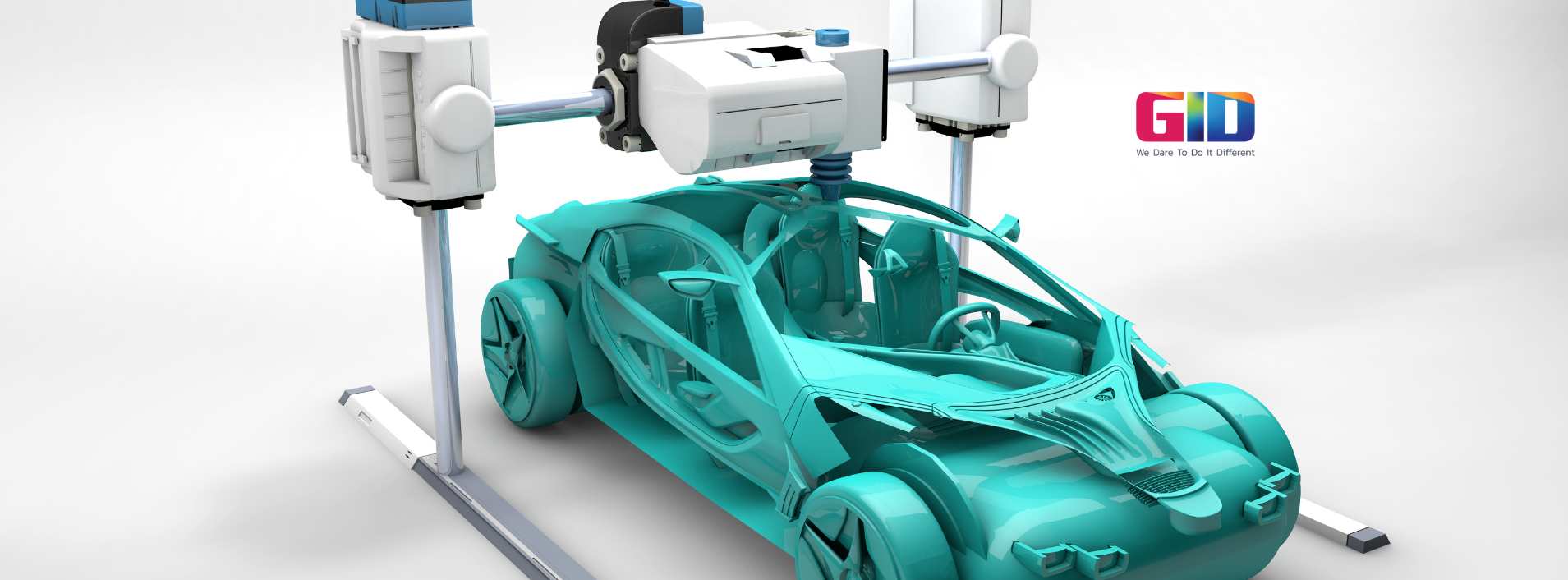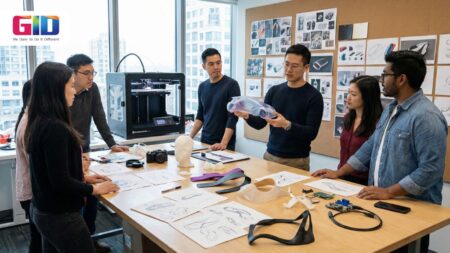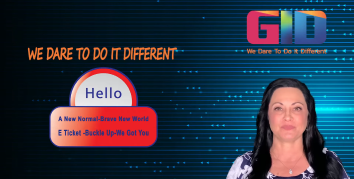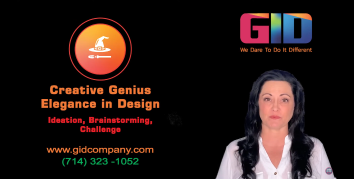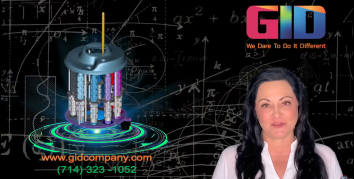3D printing technology and injection molding technology, both crucial for molding for new product development, compete with each other. When utilized in synergy, however, these technologies deliver exceptional results. 3D printing and injection molding both help in rapid prototyping as well as in new product development. Despite the trend for different kinds of 3D printing processes rising, the actual product manufacturing is done with injection molding. On the other hand, 3D printing proves to be a more effective and popular approach for rapid prototyping.
If you want to learn specifically about 3D printing, read this blog. If you want to learn specifically about injection molding, read this blog. If you just want a quick comparison between 3D printing and injection molding for molding for new product development, then continue reading.
Molding for New Product Development: 3D Printing vs. Injection Molding
Well now, what is the difference between 3D printing and injection molding for molding for new product development? 3D printing and injection molding are both completely different. There are different types of 3D printing techniques, but among them, the most prevalent one is Fused Deposition Modeling (FDM). The FDM 3D printing technique works by melting the material, commonly plastic, and shaping an object by ejecting the molten material, one drop at a time in succession. The FDM 3D printer follows inputs from a design file, created by the CAD software, and basically “prints” the object layer by layer.
Injection molding, on the other hand, works by melting the material and injecting it with pressure into a pre-designed metal mold. The mold, usually of steel or aluminum, has a cavity of a certain shape in which the molten material is forcefully filled. The molten material in the cavity of the mold stays for a while to cool and harden. Once the material is sufficiently cool, the mold opens, and the material is ejected, as a definite object. which is ideal for molding for new product development.
What about the time? 3D printing a single object takes considerable time than a single injection mold cycle for molding for new product development. In order to 3D print a complex object, it might take many hours. Whereas, injection molding can produce the same object in a matter of minutes, provided that there is a definite mold for the object, made and available beforehand.
What about the cost? Injection molding, especially for a basic object or part, is substantially more expensive than 3D printing. When it comes to molding for new product development, you first need to design the prototype of your product. In the case of 3D printing, this prototype design will be the first and last step. Once you have the prototype design, all you need to do is upload it to the 3D printer and press “print.” In a matter of minutes or hours, depending on the complexity, you will have your part ready.
In the case of injection molding, prototype design is the first step. After prototype design, the next step is designing and creating a definitive steel or aluminum mold for molding for new product development, which helps produce the part. Making this mold is actually very expensive. Nevertheless, with the mold ready, you will be able to create numerous identical parts, which may prove economical in the long run for molding for new product development.
What is the future of product manufacturing? Now, one thing is certain, the 3D printing technology is advancing quickly. Currently in the market, there are different types of 3D printers available. Among those, the most common type is a Fused Deposition Modeling (FDM) 3D printer. FDM can efficiently 3D print plastic parts. It does prove to be ideal and economical for creating plastic parts for product prototypes.
When used in conjunction with injection molding, however, the overall product development or product manufacturing will prove to be efficient and cost-effective. For product prototype development, you should use 3D printing. After developing the prototype and enhancing it to make it free from any defect or error and ready for mass production, you should employ injection molding, through which you can manufacture parts in bulk quantity, swiftly and inexpensively.
New product development is never easy. It demands significant time, money, efforts, and resources. A coherent approach to new product development, however, can ease the heartache of manufacturing new products.
Need help with new product design and product development? Get in touch with GID Company today. GID Company is one of the leading product development companies in the US. Based in California, GID Development Corporation provides agile and economical product design, rapid prototyping, product development, product manufacturing, and other product fulfillment services.
No matter how complex the conceived gadget or product is, GID Company, an expert product development company in California, will help you realize it. To learn more about GID Company, visit https://www.gidcompany.com/.
Have any questions regarding 3D printing, injection molding, product design, or product development? GID Company is offering a 15-minute, FREE telephonic consultation. Just call Jim Grimes at 714-323-1052 between 8:00 AM to 5:00 PM PST. You can like our Facebook page and follow us on X as well.

